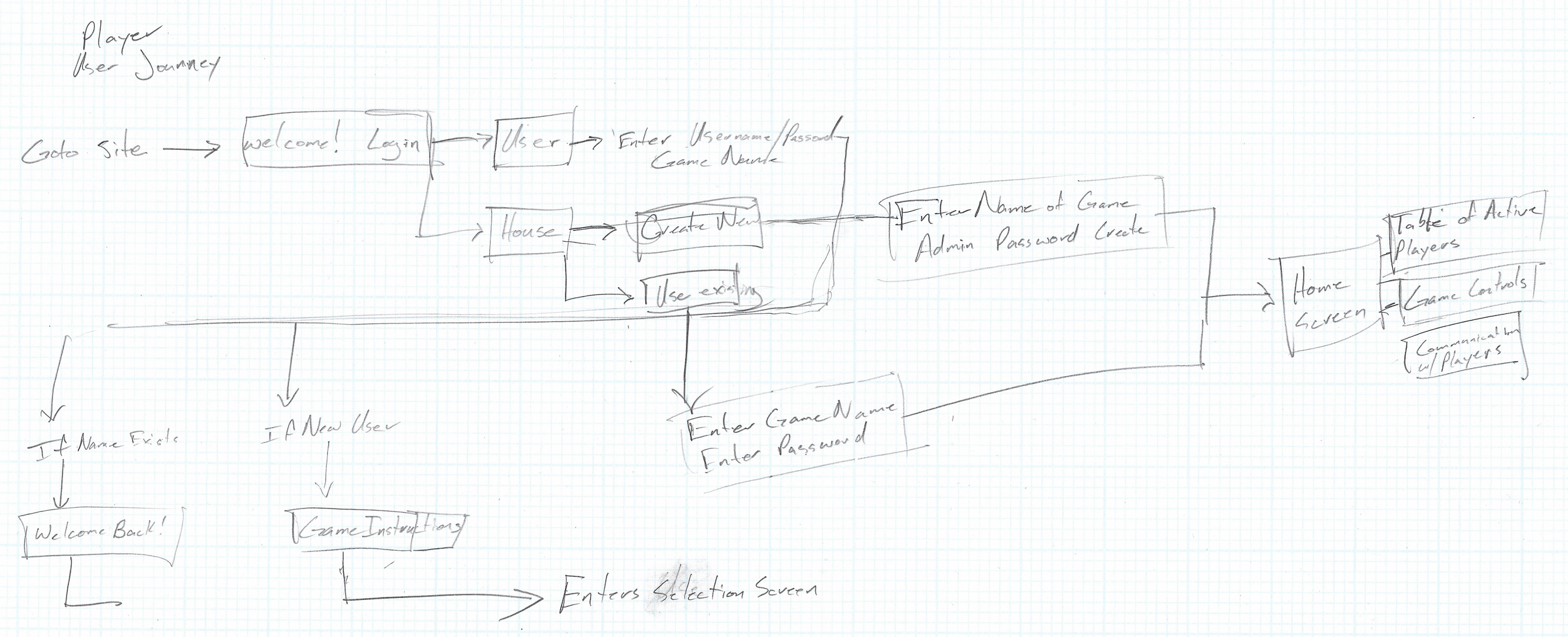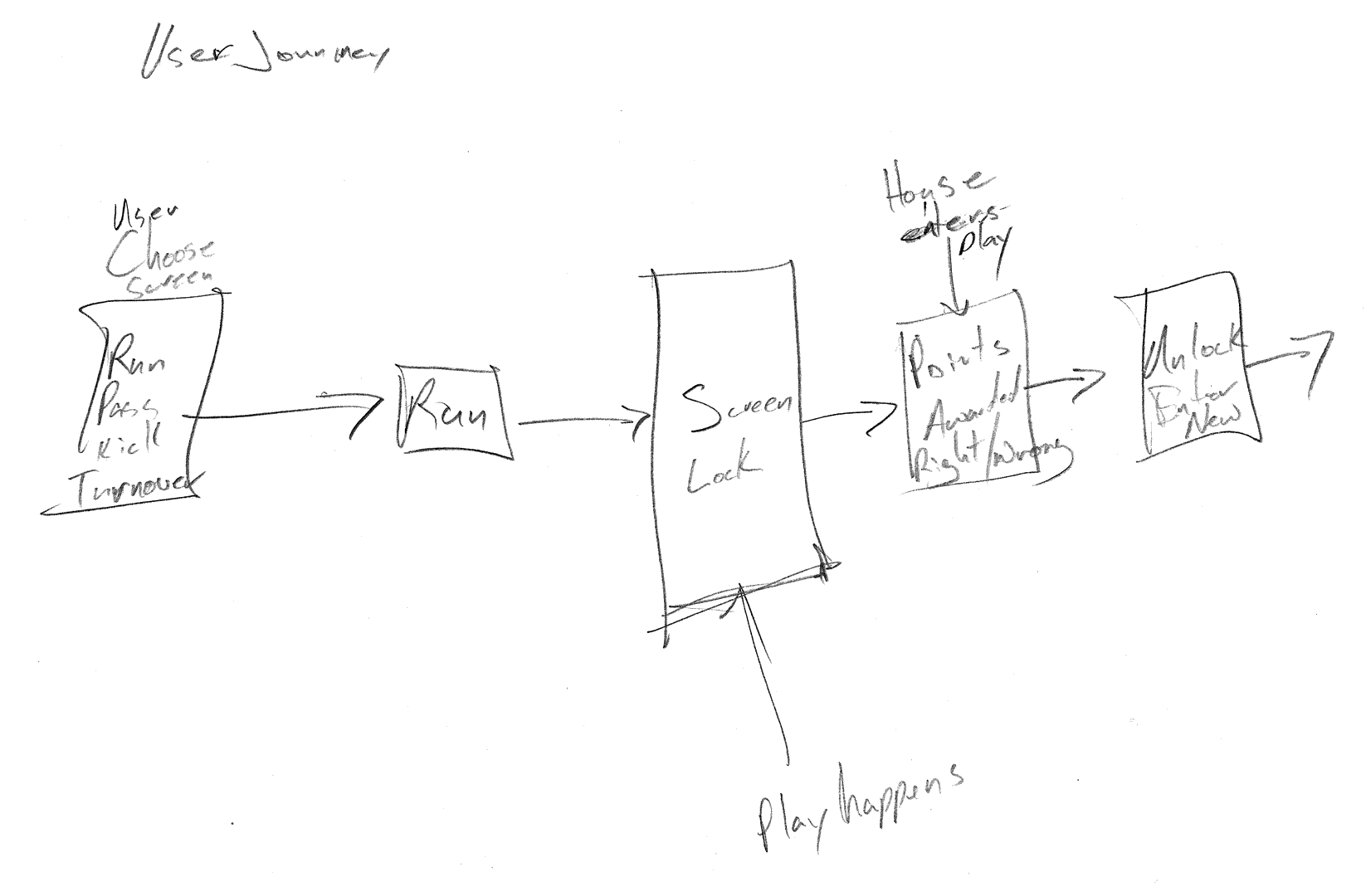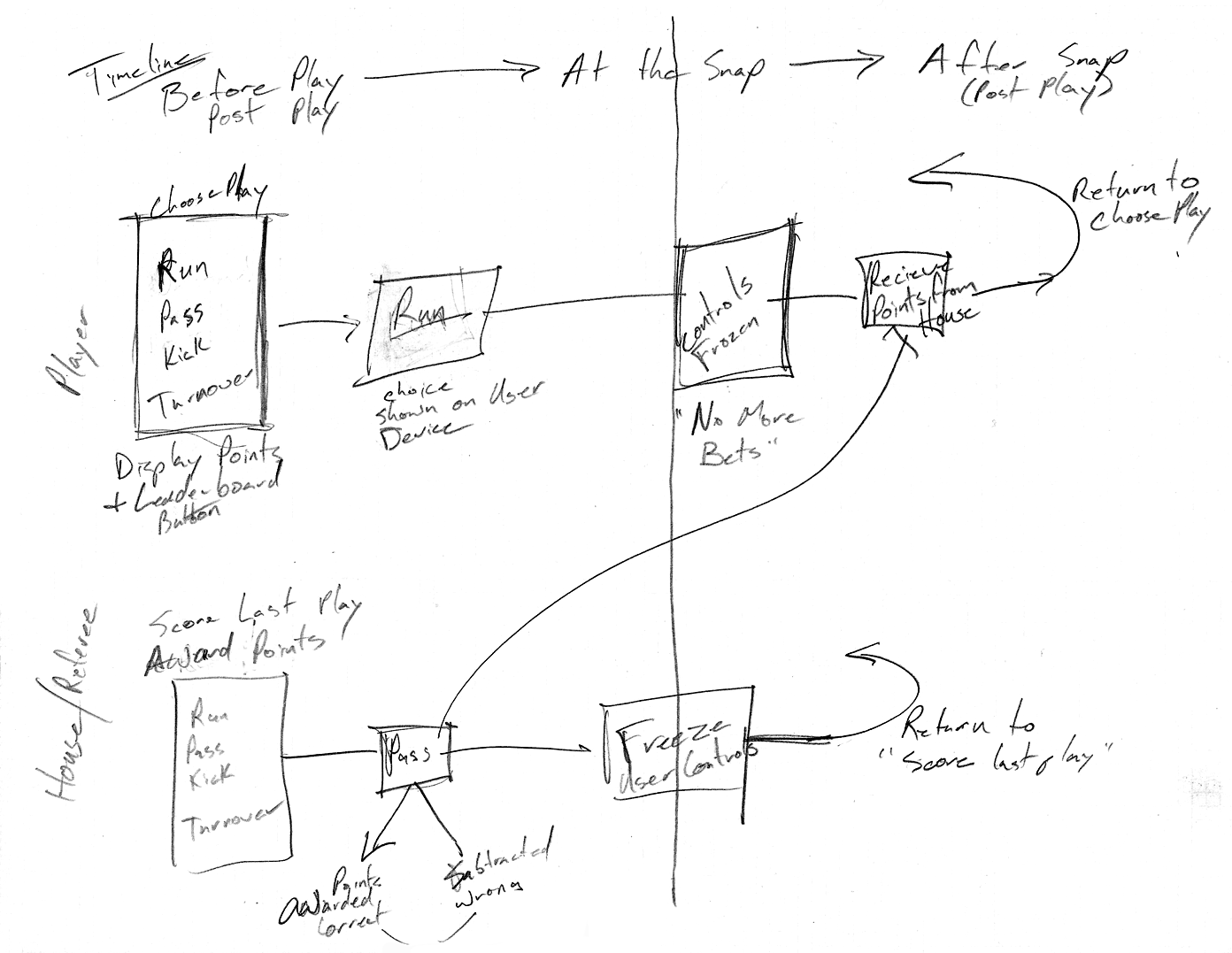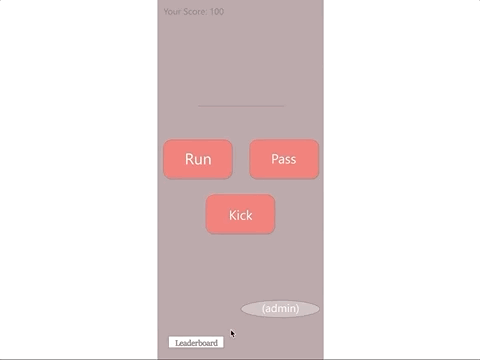
About: Friendl-e Co. is an early
stage startup that offers mobile in-play betting and gaming apps
for recreational gambling.
Challenge: Friendl-e wanted to
develop a low-stakes game that could bring sports superfans and
people who don't really watch NFL football at all together to
socialize. "Watching football and betting is a blast, if you
know enough," says Friendl-e CoFounder Sarah Arnold. "But for a
lot of us who don't know anything about sports, going with friends
to 'watch the game' is super boring." Friendl-e was looking for
a way to make watching football on TV a social event that even newbies
could enjoy.
Solution: Friendl-e Co. put together a team of 3 collaborators
to design, build, test, and launch an interactive game to play during SuperBowl LIV.
The team used techniques such as Card-sorting, Process flows,
wireframing, prototyping, beta-testing, presentation and
post-mortem, with the added challenge of a 4-week turnaround time.
Result: Delivered an engaging
product that was used by 50+ people concurrently during multiple
private
SuperBowl watch parties. Currently looking at next steps and
development opportunities.
PROBLEM
How can we use technology to ‘be present’ in the moment and with the people you are with?
We began investigating how to create meaningful, in-person relationships and interactions
between people via technology.
PROCESS
Technical Requirements: Technical requirements: use React.js, an SQL Database, and
Node.js/express for the backend.
We began with several ideas for how interactions IRL could be made better using basic
internet technology, one of which was a way to interact in a bar/restaurant/pub setting,
where there would be a mix of known associates, strangers, and close aquaintences. We talked
about
finding ways to integrate a typical chat function and online ordering website into an
evening
experience, such as using your phone to request drinks, order your food, or
communicate with other patrons. We described the similarities between this and the
“telephone bar” in which we could all vaguely remember hearing or seeing somewhere, but not
remembering where. A History of the Telephone Bar (hint: it’s
from
seeing cabaret too many times-”The telephone song”)
As we explored the idea, it felt too abstract, so we wanted to create a game that
would pull people together (friends and strangers alike) to have a shared experience while
out at the bar. One team member suggested a “penny bet” game that he had played in which
opponents bet pennies on what the next play would be in a series (American football). This
sounded promising, as it was exactly the type of low stakes/high engagement activity we were
looking for.
The challenge was now how to create a “penny bet” app that is extremely easy to learn, low
cost (time and money), that allowed for the most engagement IRL with other patrons who are
playing the game.
One major constraint in the process was that our team of three was to be responsible for
conceptualizing, designing, building/developing both front and back end, and testing within
4 weeks.
Once we settled on the “penny bets” approach, we started working through the game play
logic.
PERSONAS
Our team began thinking about our typical users and how might we address their
needs. After brainstorming user stories, we created two personas to focus our
UX efforts.
USER FLOWS
Thinking through the player's journey, it seemed pretty straightforward: guess the next
play, hit a button to guess, wait while the play is in progress, and then wait for the
house to compute your score.

As we began to investigate how each player interacted with
the house, it became clear that everyone would have to adhere to a strict timeline of
events (ie, the player could not place bets while the ball is in play; the scoring can
only happen after the play is run; progression in gameplay is rigidly defined by the
snap of the ball, etc).
We developed the user journey more concretely to define how the player and the house
both interact with the football game, to create a more complete picture:

And then:

PROTOTYPE
With user flows in hand, we built a prototype in AdobeXD to ensure that we were all envisioning the same product and to find out where there might be hang-ups.

RESULT